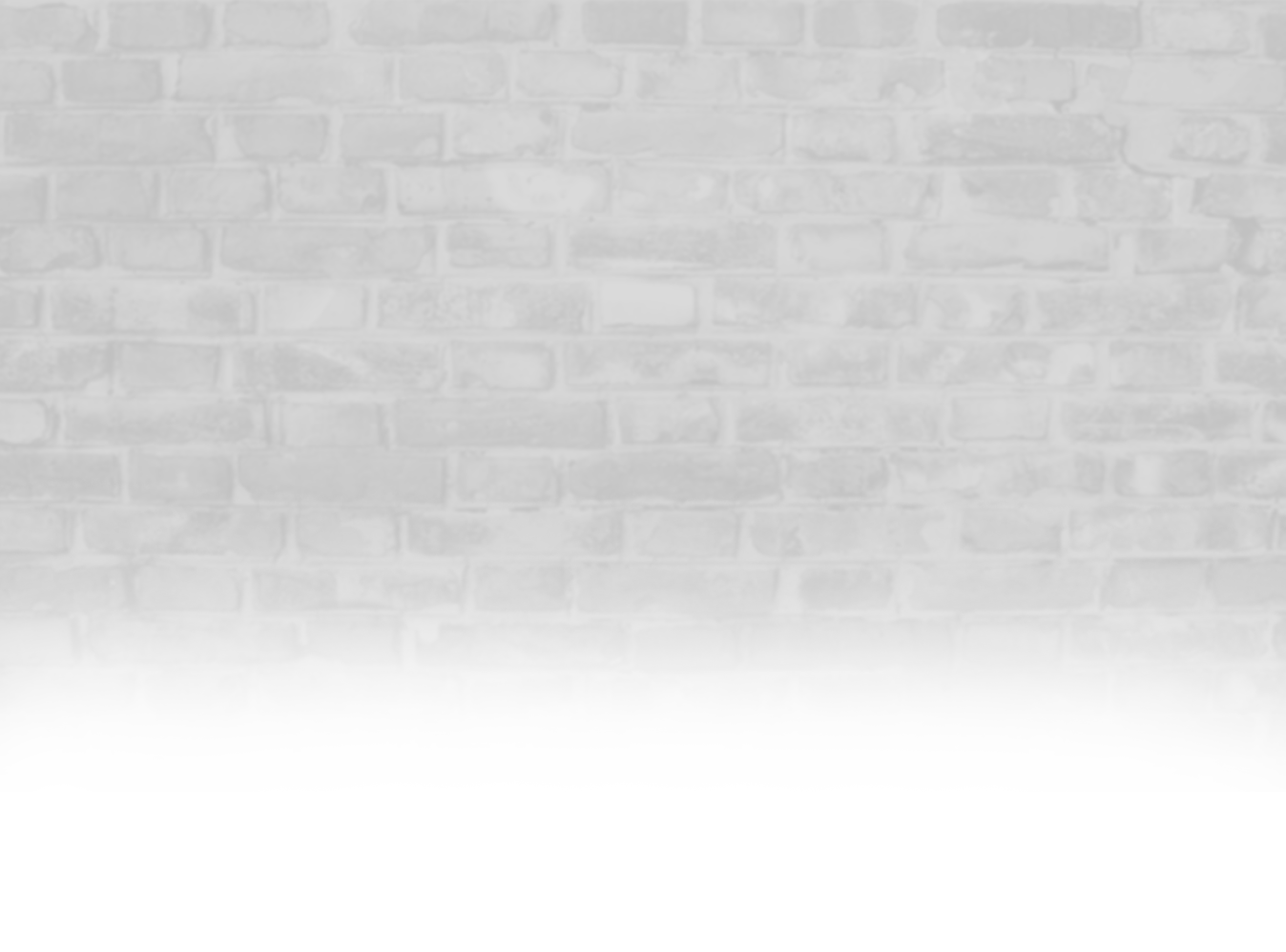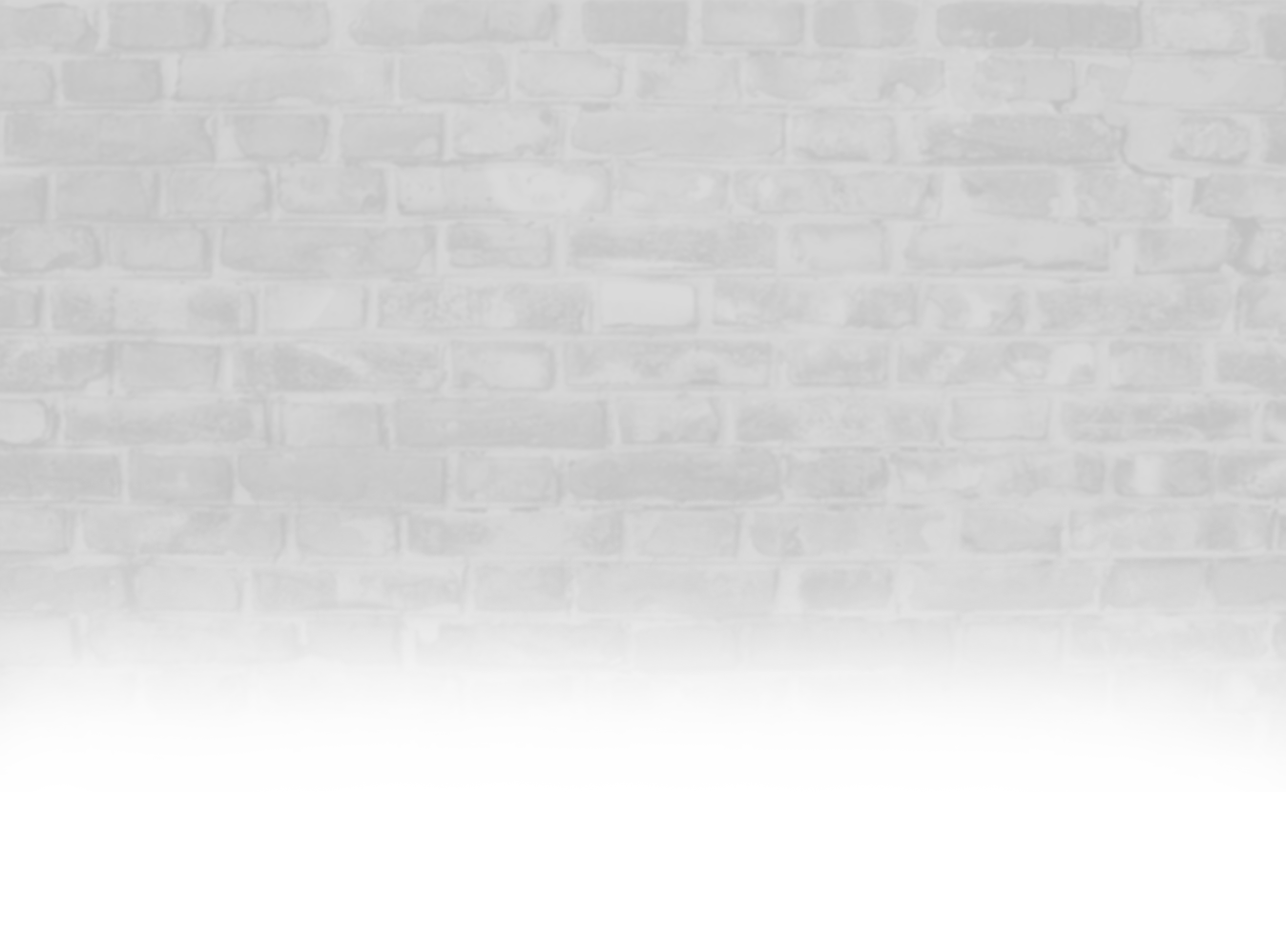Wood and Timber Treatments
Types of Wood Rot - Fungi
The Species of Fungi that decay wood have different food requirements of those fungi that cause surface moulds and sapstain in wood. There are three primary types of wood rot fungi which are brown rot fungi, white rot fungi and soft rot fungi.
Brown Rot Fungi
The brown rot fungi, also known as brown cubical rot, attack only the cellulose, leaving the lignin which turns brown when exposed often giving the wood a darker colour than it was before the attack. Wood that is attacked by brown rot fungi cracks across the grain producing large cubes of wood.
White Rot Fungi
Whit rot fungi attack both the cellulose and the lignin ,and most commonly result in white stringy rot. The exposed surface becomes white and fibrous, a characteristic which enables these fungi to be distinguised from the brown rots from the brown rots. After attack the colour of the wood is usually whiter than it was before the attack. Hardwoods (pored woods) are generally considerd to be more susceptible to white rot that soft woods (non-poured woods).
Soft Rot Fungi
These organisms are a mixture of fungi and bacteria that are mainly soil inhabiting. They thoroughly attack restricted layers within the cell walls of wood. It is a type of brown rot and is also known as carroty rot. Affected timber cracks across the grain, but the cubes are mostly smaller than those of other brown rots and the timber is of a darker colour than before it was attacked. Prior to failure, soft rot is the more difficult of the three decay types to recognise by way external appearance of the decaying timber.
Borate Timber Treatments
We also offer treatments to preserve timber against fungal decay and deter insect attack. Using a Borate based product, Borates have been used for over 50 years to treat and protect timber. Once treated, the timber will remain impervious to attack from Termites and other wood destroying insects and fungi. Boric Acid is non-toxic to mammals but poisonous to insects. Timber stumps, Pergolas, Retaining walls and fences can be treated with this product.
Note: Termiticides can not be used to treat these areas. Borates can!!
Where Protectimber has been applied, insects that eat the timber also ingest the active ingredient. Once individual members of termite colonies begin to die after feeding on a treated timber surface, the rest of the colony usually stops feeding on that same source. Therefore untreated timber may still be a source of food for termites. Older timber borers already in timber at the time of treatment may occasionally burrow deep into the timber ahead of the diffusing boron and emerge sometimes after treatment. This should not occur frequently enough to cause additional structural damage to any timber section.
Protectimber is well suited to control wood decay or dry rot and insects as they exist in timber mainly due to high moisture levels. On new timber the use of Cellavit General Purpose Clear, Cellavit Permaterm® or Cellavit Green® as these products will keep moisture out of timber solving this problem right from the start.
Protectimber readily diffuses into all types of timber, including softwood and hardwoods with the help of sufficient moisture at least 8%. Where the moisture levels are at higher levels such as 18% will move right into heartwood of timber.
Protectimber when coated on the surface enters the timber within minutes taking the active ingredients further and deeper into the timber diffusing through the entire piece providing there is correct application and sufficient moisture. Protectimber is non corrosive to metals, is colourless and almost odourless. Timber can be nailed, screwed, cut or sawn without detrimental effect.
Protectimber used inside a house will last in the timber for the life of the building. Not breaking down as an insecticide would like Dieldrin, which breas down in the soil taking 50 years.
Protectimber is applied directly from the container to the timber it can be used in areas where environmental contamination's is of concern. The Boron is an organic salt and once in place it will not decompose or volatize out of the timber. However leaching of the boron salts can occur when the treated surface is in touch with water such as in flooding or continuous rain. Hence sealing the timber surface in these circumstances is absolutely essential with Cellavit Industrial Clear water repellent or a good quality paint.
Protectimber is not toxic to mammals and people and is safe to use. Is poisonous however to insects and fungi. Protectimber is environmental friendly. Protected from rain and water will last the life of the house. Protectimber is a natural occurring mineral that fixes in to the timber, does not volatize off. However, will leach from surfaces with a lot of rain. Protectimber can be painted over after it is completely dry with quality water based paints, finishes or water repellents like Cellavit Industrial Clear to stop leaching.
Protectimber is the ideal product for preventing and controlling decay, termites and borers as it follows the moisture in the timber as they do. Protectimber prevents and controls a wide range of fungi that causes decay and wood rots. Protectimber also prevents and controls surface moulds, slime, algae and lichens. It has a long residual life depending on the porosity of the building material such as masonry and concrete.
In addition to Rot caused by fungal decay on timber, Treatments are also available for Mould, Algae, Lichen, and fungi on a wide range of masonry areas such as pavers and paths. The treatment not only destroys the mould or fungi present on the surface but remains in the substrate and prevents any regrowth for extended periods of time. Treated surfaces can be painted with water or solvent based coatings which will extend the effective residual protection period.
We offer a range of treatments to Protect timber used in decks pergolas, retaining walls, fences ect against insect attack, fungal decay and cupping (common in treated pine fence palings).
It is important to note that Termiticides cannot be used to treat timbers in service. Once treated with a boron based preservative, if termites build trails on the outside of the timber or try to eat it they ingest the active ingredient boric acid. Because the timber is tainted termites will then avoid it.
Why?
Borates are toxic to both insects and wood decay fungi. One mode of action is that borates disrupts the enzyme system of the insect and destroys the microflora (bacteria and protozoa) in the stomach of the insect, thus stopping food digestion to take place. Borates also affect the enzyme system of fungi and also the active borate constituent is a contact toxicant to fungus. Rather than just being a surface treatment The agents we use diffuse into the timber over time the whole depth of the timber becomes resistant to attack by termites and to fungal decay. Once treated internal structural timbers will be protected for the life of the building.
Can you paint over Borates? Yes.
After the timber has dried out and any surface salts have been removed we recommended that the surface is treated with Cellavit or paint to prevent any leaching of the product.
Cellavit products work by the fact that the carrier in the product (solvent) helps deposit the waxes and resins into the cell structure of the timber before volatilising off. This forms a barrier, which controls the movement of moisture in and out of the timber. By controlling moisture content of timber it controls most of the problems associated with it, such as wood decay and insect attack. The repeated wetting and drying of the timber which alternatively causes the timber to swell and shrink. This in time results in dimensional changes in timber. These are warping, grain raising, cracking, splitting, surface cracking, splintering and cupping.
Preschem Polesaver Rods
A chalk-like white boron rod providing a slow release fungicidal wood preservative for protecting timber from bio-deterioration for up to 10 years. Kills active decay and provides protection to the sound wood. The rods are inserted into pre-drilled holes at approximately 300mm above the ground line of all timber posts and poles.
Commonly used across Australia by local government, railway, road and electric power authorities to protect timber power poles, bridges, fences and other suchlike wooden or timber structures. Provides protection for up to 10 years.
Algae and Mould Treatments
Algae or mould on pavers or driveways can not only be unattractive but dangerous. Using Borates the eradication and prevention of mould, algae, lichen and fungi on concrete, bricks, decks, pool surrounds, retaining walls, stone and many other masonry and building products can be achieved. Unlike many other aggressive bleach type cleaners Boracol not only destroys the mould or fungi on the surface but also remains in the substrate and prevents any regrowth for extended periods of time.
Surfaces subject to heavy attack should be given a preliminary clean down using a stiff brush or a high pressure water blaster. Boracol can then be applied and will usually require 2-3 days to completely destroy the attacking organisms. After treatment surfaces subject to wetting and or constant moisture should be sealed with a suitable sealant such as a water repellant paint.
The main active ingredient in Borcol is Boric Acid, which has been used for many years as a wood preservative. When combined with the quaternary ammonium compounds there is a synergy of having two highly effective actives in one package. For the end user there is no mixing or diluting required prior to use. In addition to its use in the timber industry, Borac Acid has a variety of applications in both industrial and consumer products. It is also used in washing citrus fruit to inhibit mould and mildew and served as a non-irritating antiseptic in mouthwash, talcum powder, eye-washes and protective ointments. Boron is non toxic to mammals.
Boracol is non-corrosive and can be used to coat fittings and fasteners. Boracol is non-flamable, Boron has been used extensively in the past as a fire retardant.




